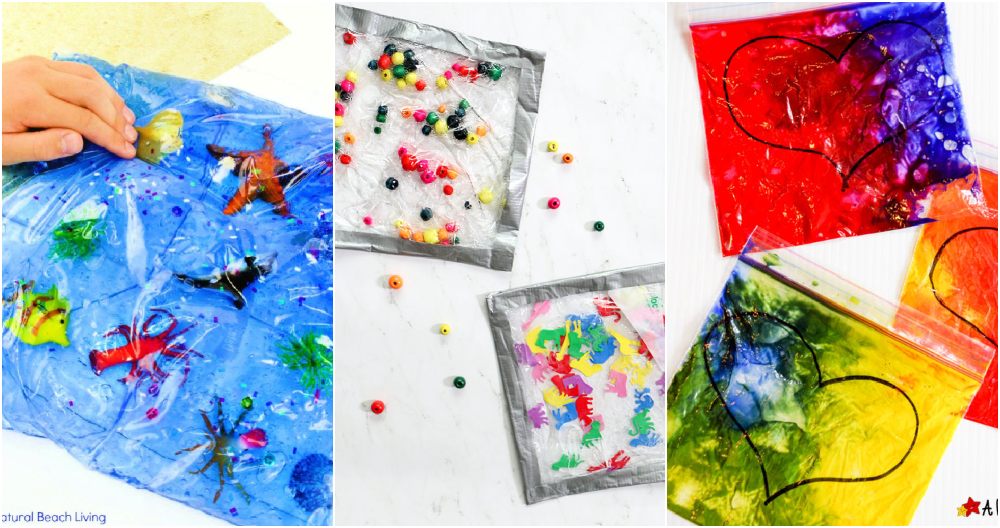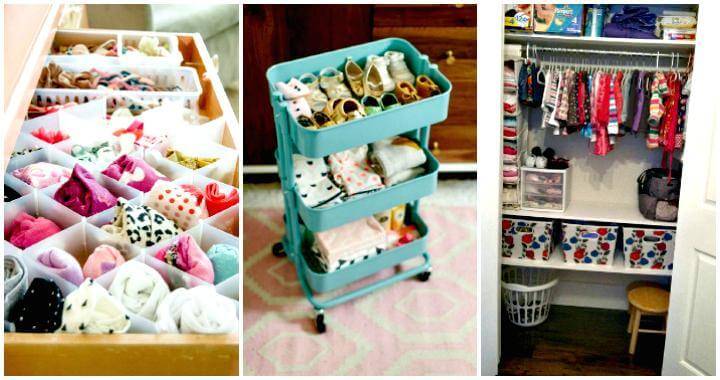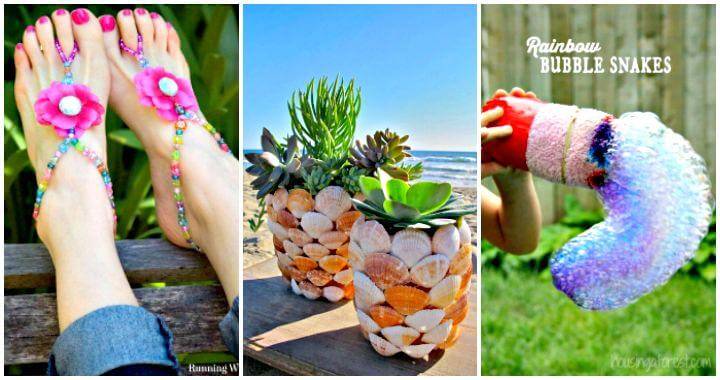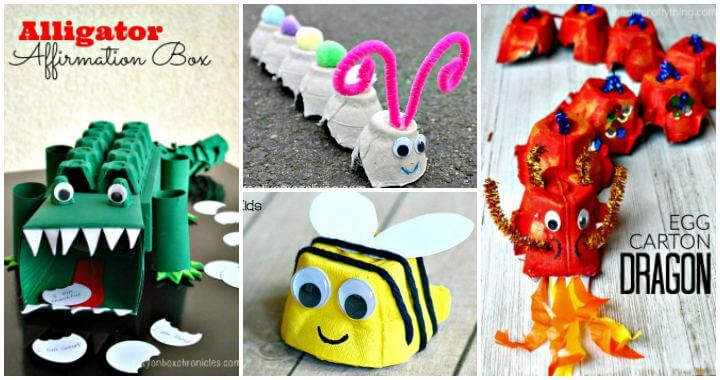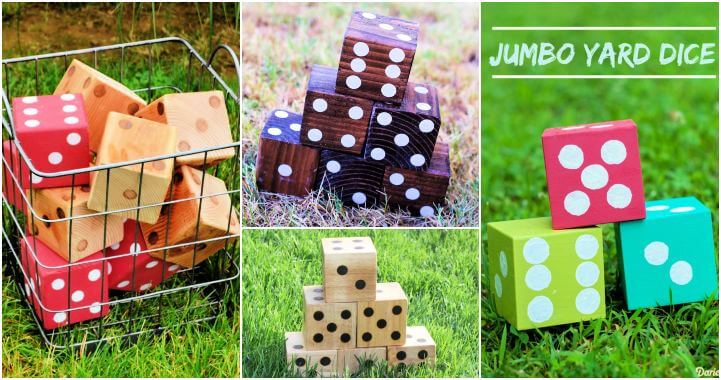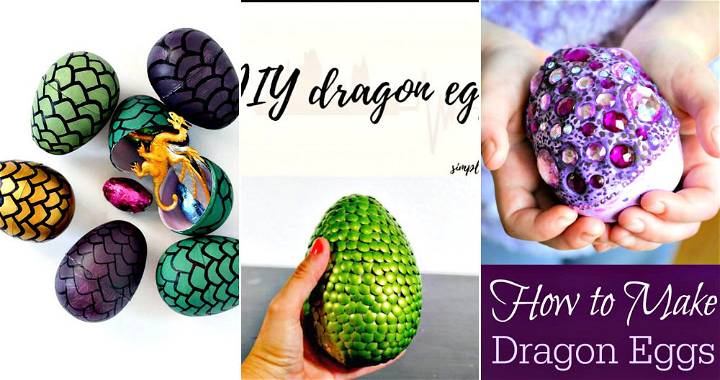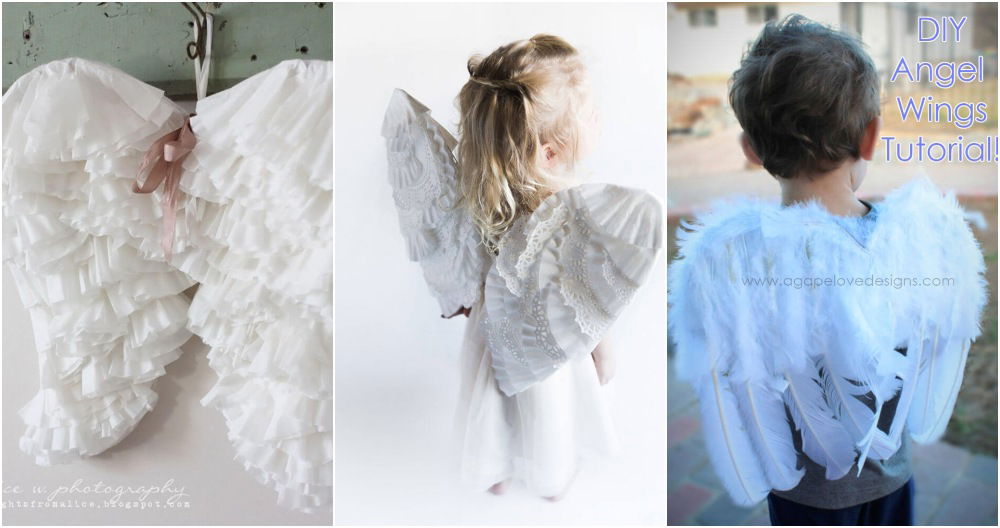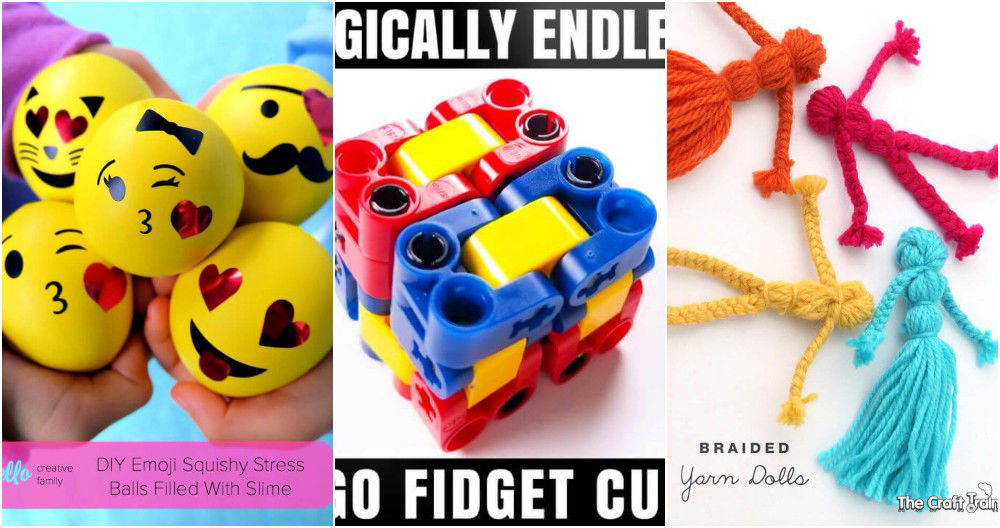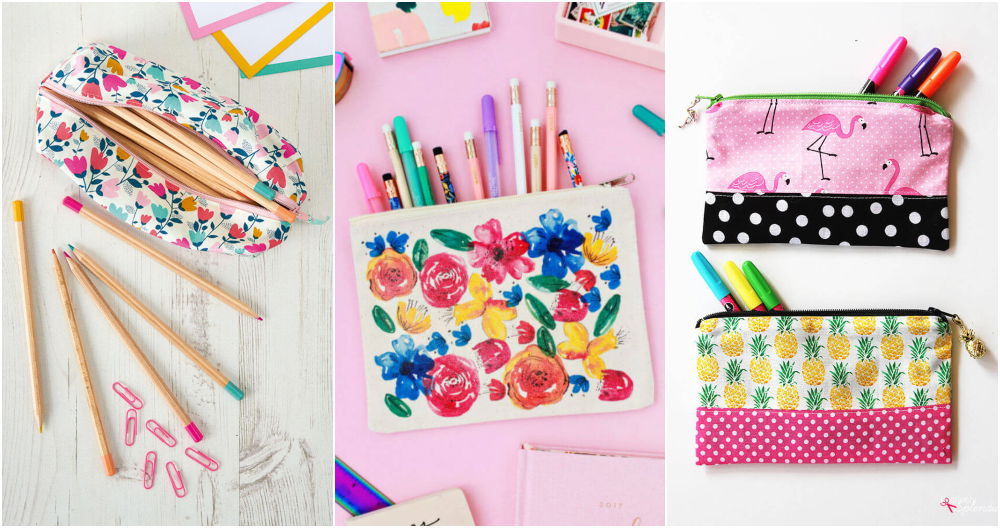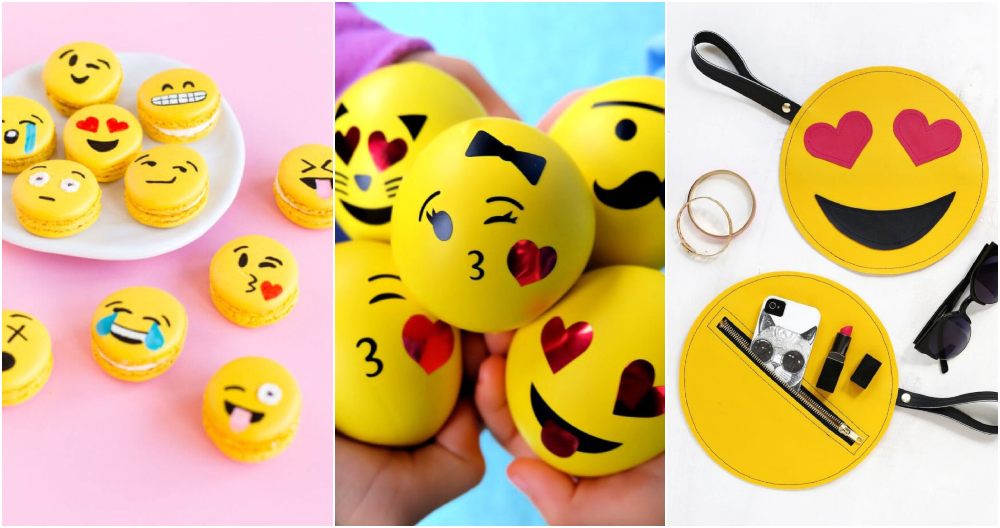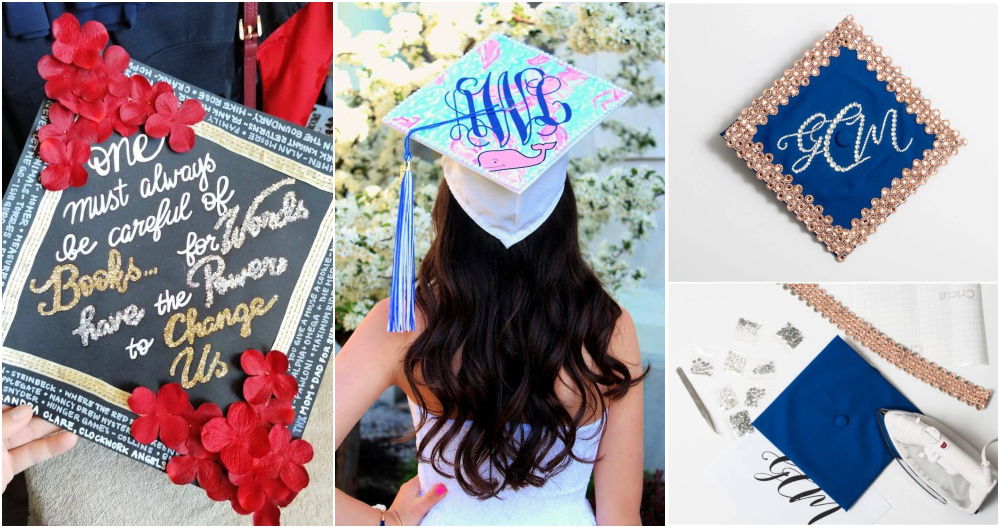Discovering the joy of making my own sensory bottles was a game-changer for me. These simple yet effective tools have not only provided endless hours of calm for my kids but also sparked a bit of creativity in my daily routine. It all started one rainy afternoon when boredom was at its peak. Scrambling for something to do, I remembered a friend mentioning sensory bottles. With some water, glitter, food coloring, and a few empty bottles, we were set to start our little project.
The process was surprisingly straightforward and enjoyable. We mixed different colors and added various shiny and interesting bits we found around the house. Watching the contents swirl and settle had a mesmerizing effect on us both. It was through creating these sensory bottles that I found a simple yet profound way to bond with my kids and offer them a tool for self-regulation and discovery. Now, whenever we feel the itch for a little creativity or need a moment of calm, we turn to our sensory bottle making supplies.
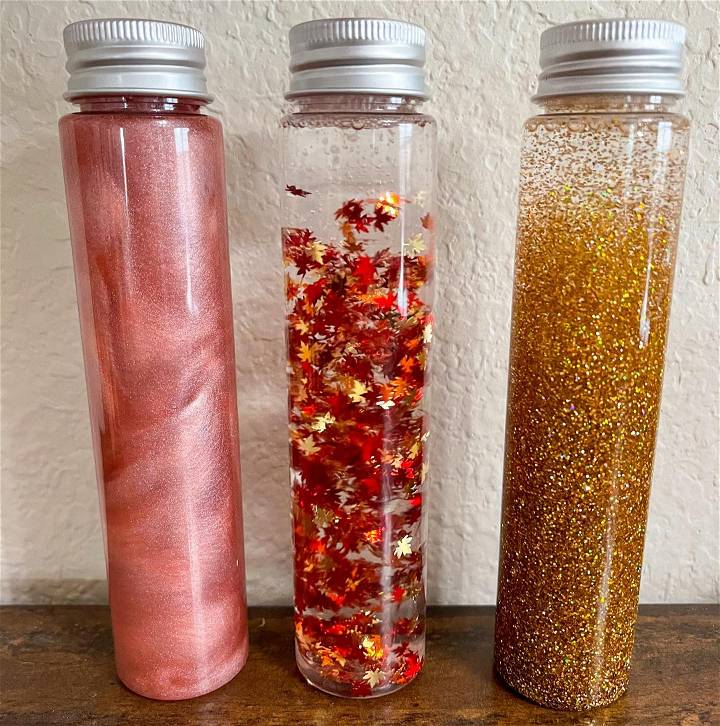
I hope my experience encourages you to try making your own sensory bottles. It's an easy and fun activity that can bring a bit of calm and creativity into your life.
Benefits of Sensory Bottles
Sensory bottles, also known as calm-down jars, are more than just a fun DIY project. They serve a practical purpose and offer a range of benefits for both children and adults.
For Children
Emotional Regulation
Sensory bottles can be a powerful tool for helping children manage their emotions. When a child is upset or overwhelmed, shaking the sensory bottle and watching the contents swirl and settle can have a calming effect. It provides a focus for their attention, helping them to tune out overstimulating environments.
Sensory Exploration
Children learn about the world through their senses. Sensory bottles can be filled with a variety of materials to engage different senses, providing a safe and controlled environment for sensory exploration. This can be particularly beneficial for children with sensory processing issues.
For Adults
Stress Relief
Just like for children, adults can use sensory bottles as a form of stress relief. Watching the motion of the contents of the bottle can help to distract from stressful thoughts and promote a sense of calm.
Mindfulness Practice
Sensory bottles can also be used as a tool for mindfulness practice. Focusing on the movement within the bottle can help to anchor the mind in the present moment, which is a key aspect of mindfulness.
How to Make Sensory Bottles at Home
Make a calming sensory bottle for everyone, including those with special needs. Ideal for Autism, ADHD, Anxiety, and more. Let's make one together.
What You'll Need
- A clear plastic bottle (to ensure safety for kids)
- Food coloring (optional, for water color)
- Glitter (because everything is better with a sparkle!)
- Sequins (for added visual effects)
- Water beads (for a cool, texture-changing element)
- Vegetable glycerine (to slow down the movement of your ingredients)
- Water
Step-by-Step Instructions
Learn how to make a sensory bottle with this easy DIY guide below:
- Prepare Your Bottle: Start by finding a clear plastic bottle. A plastic bottle is recommended to ensure it’s safe for children to handle without the risk of breaking.
- Fill Halfway with Water: Pour water into your bottle, filling it about halfway full.
- Add Color: If you wish to add color to your sensory bottle, now’s the time to add a few drops of food coloring. Remember, a little goes a long way; you can always add more later if needed.
- Shake to Mix: Secure the bottle's cap and give it a good shake to ensure the food coloring is evenly distributed throughout the water.
- Glitter Time: The fun part is adding glitter! Choose your favorite glitter colors to add to your bottle.
- Sequins for Sparkle: Now add sequins to your bottle. You might want to choose colors that compliment the glitter you’ve already added.
- Introduce Water Beads: Before adding water beads, ensure they’ve been soaked in water and have expanded. Add these to your bottle carefully—they’re known to bounce!
- Add Glycerine: Pour in the vegetable glycerine. The amount you use will dictate how slowly the items in your bottle move when shaken. More glycerine means slower movement.
- Top Off with Water and Shake: Fill the rest of your bottle with water, leaving a little space at the top. Secure the cap and give your bottle a good shake. Watch the magic happen as your sensory bottle comes to life.
- Customize: Feel free to experiment with other items in your sensory bottle. Small toys like Lego pieces can make for an interesting addition.
Keeping Your Bottle Safe
Once you’re happy with your sensory bottle, you might want to secure the cap permanently with some super glue. This ensures all the contents stay safely inside, especially when in the hands of very young children.
Video Tutorial
For a step by step video tutorial on making a sensory bottle, watch this YouTube video by Little Learners.
It pairs well with this written guide, offering a visual companion to the crafting process that enhances clarity and engagement.
Crafting sensory bottles is not just an activity; it's an experience to share with your kids, friends, or for your own mindful moment. These calming jars not only spark joy with their swirling colors and sparkles but also serve as a therapeutic tool for individuals of all ages. Get creative, and don’t be afraid to make a sensory bottle that perfectly matches your or your loved one's aesthetic and needs.
Variations and Ideas for Sensory Bottles
Creating sensory bottles is a fun and creative process. The possibilities are endless, and you can customize them to suit your needs or interests. Here are some unique and engaging ideas for sensory bottles:
Themed Sensory Bottles
Themed sensory bottles can be a great way to engage children in learning about different topics. For example, you could create a space-themed bottle with glitter and star-shaped sequins to teach about the solar system, or a nature-themed bottle with sand and small shells to explore the beach environment.
Sensory Bottles for Different Senses
While most sensory bottles are visual, you can also create bottles to engage other senses. For instance, a sound sensory bottle filled with rice or beads can be used as a noise maker, and a smell sensory bottle with essential oils can provide olfactory stimulation.
Interactive Sensory Bottles
Interactive sensory bottles encourage active participation. You could create a “find it” bottle with hidden items inside that the child has to find, or a “make it move” bottle with items that move in interesting ways when the bottle is tipped or shaken.
Seasonal Sensory Bottles
Seasonal sensory bottles can help children understand and celebrate different times of the year. You could make a spring bottle with flower petals and a winter bottle with white glitter and snowflake confetti.
The key to a great sensory bottle is to make it fun and engaging. Don’t be afraid to experiment with different materials and ideas. The most important thing is that the person using the bottle enjoys the experience.
Safety Precautions for Sensory Bottles
When creating and using sensory bottles, safety should be a top priority. Here are some important safety precautions to keep in mind:
Choosing the Right Bottle
The bottle you choose is crucial. It should be durable and leak-proof. Plastic bottles are often a safer choice than glass, especially for young children.
Securely Sealing the Bottle
To prevent the contents from spilling out and posing a choking hazard, ensure the bottle is securely sealed. You can use a strong adhesive to seal the lid, and consider adding an additional layer of security with duct tape.
Selecting Safe Contents
When choosing contents for your sensory bottle, avoid small items that could pose a choking hazard if the bottle were to break or leak. Also, be mindful of any allergies the user might have.
Supervised Use
Especially for younger children, sensory bottles should be used under adult supervision. This can prevent any accidents and ensure the bottle is being used safely.
Regular Inspection
Regularly inspect your sensory bottles for any signs of wear and tear. If a bottle is cracked or the seal is loosening, it’s time to replace it.
Safety is paramount. By following these precautions, you can ensure that your sensory bottles provide a fun and safe sensory experience.
Troubleshooting and Maintenance of Sensory Bottles
Creating and using sensory bottles is generally a smooth process, but occasionally you might encounter some issues. Here are some common problems and their solutions:
Leakage
If your sensory bottle is leaking, it might be due to a loose cap. To fix this, ensure the cap is tightly screwed on. If the problem persists, consider using a strong adhesive to seal the cap.
Clumping
Sometimes, the contents of the sensory bottle might clump together. This is often due to the type of filler used. To prevent this, avoid using fillers that can absorb water like salt or sugar.
Fading Colors
If the colors in your sensory bottle start to fade, it could be due to exposure to sunlight. To maintain vibrant colors, store your sensory bottle in a cool, dark place when not in use.
Maintenance Tips
Regular maintenance can extend the life of your sensory bottle and keep it looking its best. Here are some tips:
Regular Inspection
Inspect your sensory bottle regularly for any signs of damage. If you notice any cracks or leaks, it’s time to replace the bottle.
Cleaning
Keep the outside of your sensory bottle clean by wiping it down with a damp cloth. For the inside, it’s best to replace the contents if they start to look dirty or cloudy.
A well-maintained sensory bottle can provide endless hours of calming entertainment.
FAQs About DIY Sensory Bottles
Discover answers to your FAQs about DIY sensory bottles. Learn how to make them, what materials to use, and how they benefit sensory development.
What is a sensory bottle?
A sensory bottle, also known as a calm down jar, is a container filled with materials designed to stimulate the senses. They can be used as a calming tool or as a way to engage in sensory exploration.
How do you make a sensory bottle?
Making a sensory bottle involves filling a durable, leak-proof bottle with a variety of materials. This could include water, glitter, beads, sequins, oil, and more. The bottle is then sealed to prevent the contents from spilling out.
What can you put in a sensory bottle?
You can put a variety of materials in a sensory bottle. This could include glitter, beads, sequins, oil, water, food coloring, and more. The key is to choose items that will create an interesting and engaging sensory experience.
Are sensory bottles safe for babies?
While sensory bottles can be safe for babies, it’s important to ensure the bottle is securely sealed to prevent the contents from spilling out. Also, the bottle should be durable enough to withstand being dropped or thrown.
How do you clean a sensory bottle?
The outside of a sensory bottle can be cleaned with a damp cloth. If the inside becomes dirty or cloudy, it’s best to replace the contents.
Can sensory bottles be used for adults?
Yes, sensory bottles can be beneficial for adults as well. They can be used as a stress relief tool or as a way to practice mindfulness.
How long do sensory bottles last?
The lifespan of a sensory bottle can vary depending on the materials used and how well it’s maintained. Regularly inspecting the bottle for any signs of damage and replacing the contents when necessary can help extend its life.
Can you put food in sensory bottles?
While it’s possible to put food items in sensory bottles, it’s generally not recommended as they can spoil or mold over time.
Why is my sensory bottle cloudy?
A cloudy sensory bottle could be due to the type of filler used or the quality of the water. Using distilled water and avoiding fillers that can absorb water, like salt or sugar, can help prevent this.
Can I use a glass bottle for my sensory bottle?
While glass bottles can be used for sensory bottles, they’re generally not recommended, especially for young children, due to the risk of breakage. Plastic bottles are often a safer choice.
Conclusion:
Wrapping up this guide, crafting DIY sensory bottles can be a fun and creative way to provide sensory stimulation for children. With endless possibilities for colors, textures, and themes, DIY sensory bottles are a versatile tool for sensory play and relaxation. Get started on creating your own sensory bottle today!


